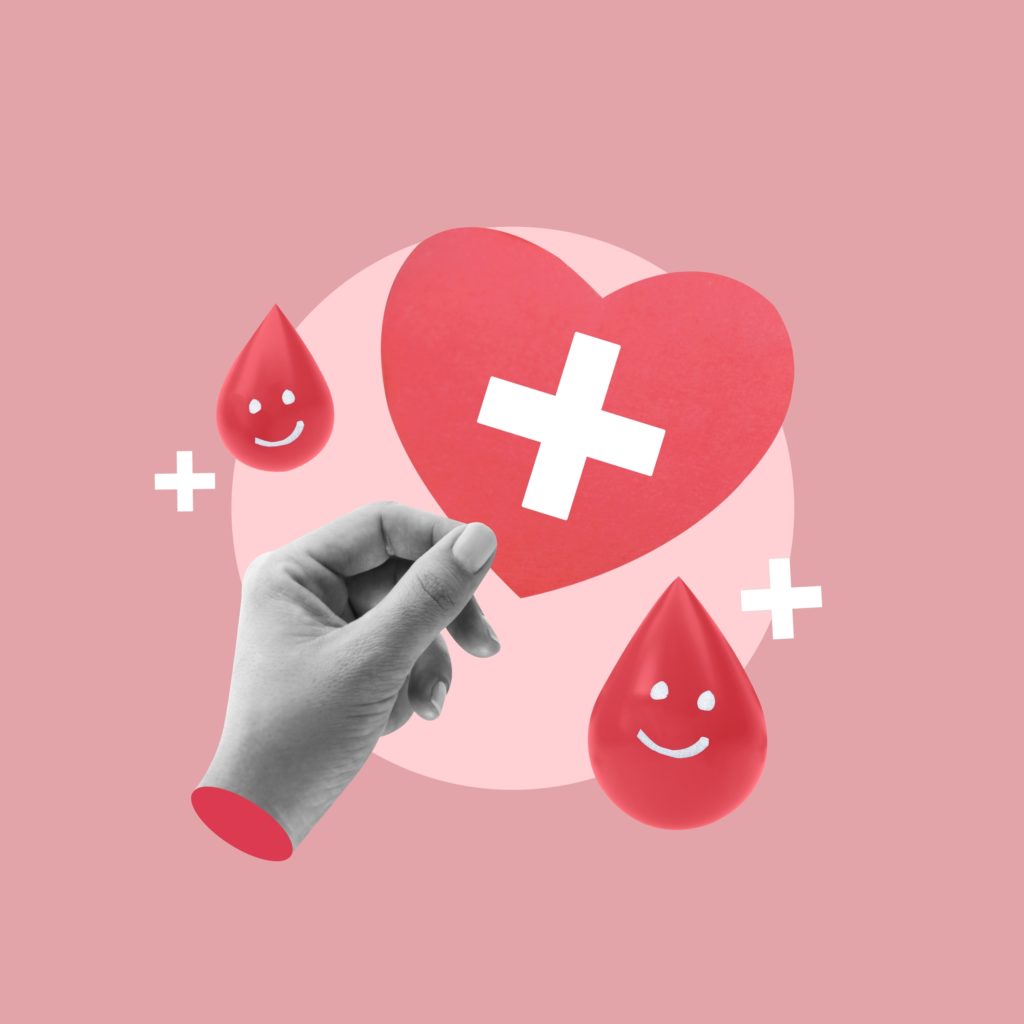
Red blood cells are a vital blood component, carrying oxygen throughout the body. However, certain medical conditions, medications, or therapies can sometimes cause your body to produce too many red blood cells or too much iron. Therapeutic phlebotomy normalizes important blood levels by removing a specified amount of blood.
LifeShare Blood Center offers therapeutic phlebotomy services to patients throughout Louisiana, East Texas, and South Arkansas.
What is Therapeutic Phlebotomy?
Therapeutic phlebotomy involves removing some of your blood to help reduce an abnormally high red blood cell or serum iron count. By correcting these blood imbalances, symptoms of the medical conditions that cause the imbalances should improve. This medical procedure is done only under a doctor’s orders.
If your doctor or medical provider has prescribed therapeutic phlebotomy for your medical condition, you probably have many questions. Here are answers to a few of the most common questions about this important medical procedure.
What is therapeutic phlebotomy, and how is it different from a regular blood donation?
Therapeutic phlebotomy is a simple procedure and is very similar to donating blood. You might not even notice any difference!
Will I have to have it done more than once?
That depends on your diagnosis and your doctor’s orders. Your healthcare provider should happily answer any of your questions or concerns.
What Conditions Can Benefit from Therapeutic Phlebotomy?
If you’re unsure what conditions require therapeutic phlebotomy and whether or not your particular health condition will, it’s always best to discuss your concerns with your doctor or other health provider.
However, several conditions benefit from therapeutic phlebotomy. Overproduction of red blood cells and/or iron may be due to testosterone replacement therapy or blood disorders like polycythemia vera (an excess of red blood cells and total blood volume), acquired or hereditary hemochromatosis (excessive iron absorption), or porphyries (metabolic disorders).
Sometimes, therapeutic phlebotomy is used in the treatment of a potentially serious complication of a kidney transplant or the treatment of sickle cell disease, especially after a transfusion.
How Much Blood is Removed in a Therapeutic Phlebotomy Procedure?
Your doctor will decide how much blood needs to be drawn and how frequently based on where your blood levels are now versus where they should be. We will always carefully follow your doctor’s orders to ensure the best possible results for your health.
The maximum blood volume we can draw in 24 hours is 10% of your total blood volume or 500 mL (whichever is the smallest amount). You may have to have the procedure done every few days until the desired levels are reached. Then, your doctor will decide how often you should have therapeutic phlebotomy done to maintain those healthy blood levels.
What Happens After the Procedure
Just like after a regular blood donation, we’ll give you a place to relax and enjoy a free snack and a beverage to help your body recover. Depending on the diagnosis given by the physician on the therapeutic order, we may also test your blood to see if it can be donated to help another needy patient. Who knows, you may be able to save someone’s life while improving your health!
Get Therapeutic Phlebotomy Services at LifeShare Blood Center
At LifeShare Blood Center, our experienced phlebotomists will ensure your experience is as painless and pleasant as possible. We have helped numerous patients in Louisiana, eastern Texas, and southern Arkansas throughout the years. Contact us for more information about our therapeutic phlebotomy procedures.
Image Credit: N Universe, Shutterstock